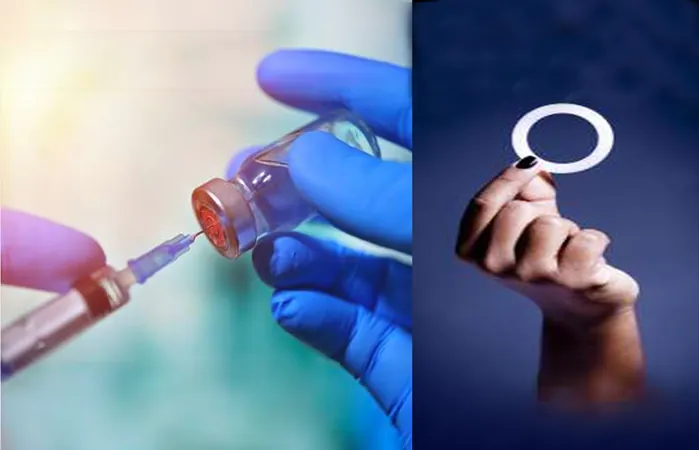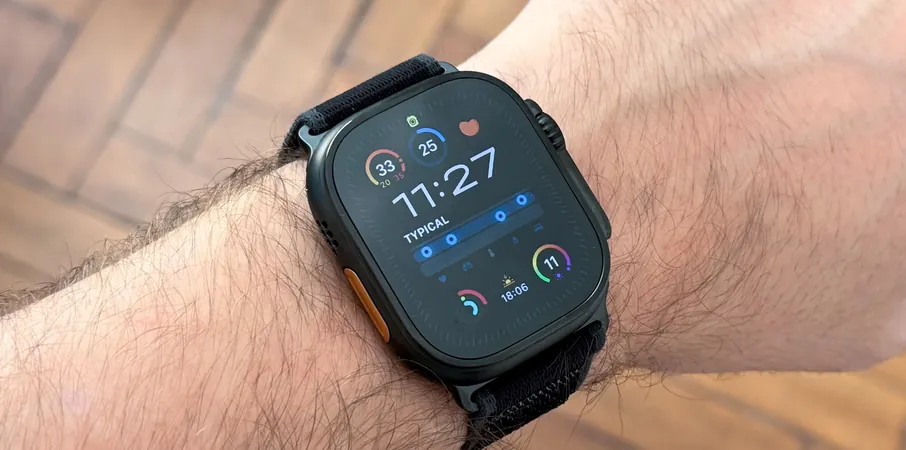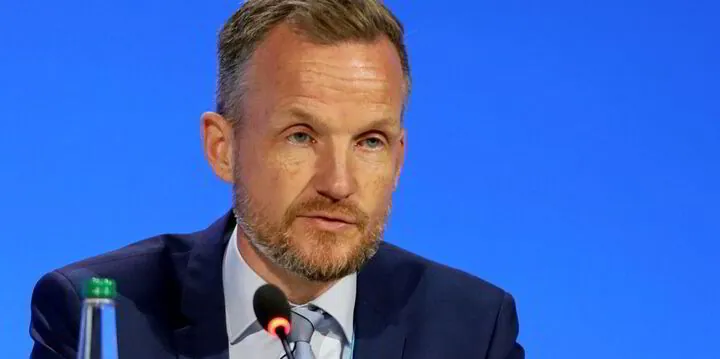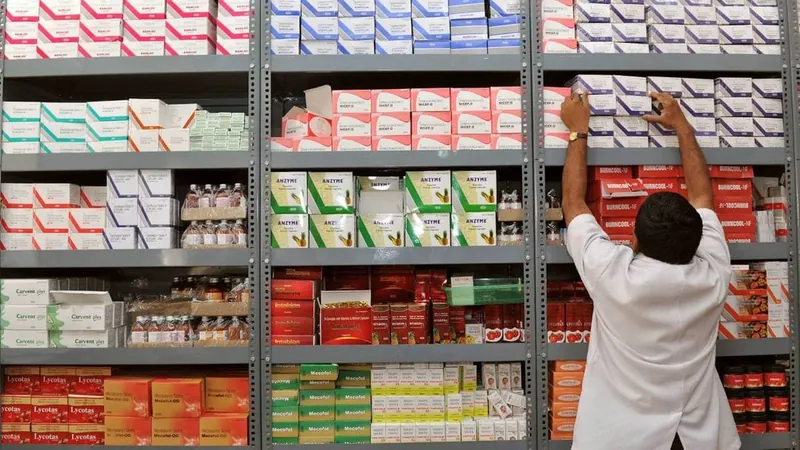
Revolutionary Breakthroughs in Long-Acting HIV Prevention for Women and Girls!
2024-10-14
Author: Daniel
Introduction to New Long-Acting Technologies
In a landscape brimming with hope, new long-acting technologies are transforming the fight against HIV. Recent advancements in pre-exposure prophylaxis (PrEP) have paved the way for groundbreaking options that empower women and girls.
Promising Innovations
Among the most promising are the long-acting injectable cabotegravir and the dapivirine vaginal ring, both of which have received the World Health Organization's (WHO) stamp of approval as effective and acceptable ways to prevent HIV. These innovations stand alongside established oral PrEP options, such as tenofovir, and signal a pivotal shift toward a more inclusive approach to HIV prevention.
Efficacy of Lenacapavir
This year, results from the PURPOSE 1 and 2 trials highlighted the impressive efficacy of lenacapavir, a long-acting injectable drug administered every six months. Notably, the trials revealed that none of the cisgender adolescent girls and women who received the injectable experienced any HIV transmissions during the 12-month follow-up period.
Global Advocacy Efforts
The Global HIV Prevention Coalition (GPC), along with UNAIDS and other advocates, is urging pharmaceutical giant Gilead Sciences to expedite the drug’s availability and ensure it is accessible and affordable, particularly in low- to middle-income countries. This biannual injection option not only provides effective prevention but also offers women greater privacy and choice in managing their health.
New Developments in Dapivirine Ring
In a major announcement at the 2024 Research for Prevention (R4P) conference in Peru, the Population Council unveiled promising phase 1 trial results for the new three-month dapivirine vaginal ring. This innovative product matches the safety profile of the existing one-month ring but boasts a significant cost reduction—estimated at 60%—making it a more economically viable option for women and adolescent girls seeking discreet HIV prevention.
Advocacy for Broader Options
“We must adhere to the science, which clearly indicates that by broadening the array of effective HIV prevention methods, we can halt transmission and significantly reduce new infections. The path to eradicating AIDS is a political and financial imperative,” stated Angeli Achrekar, UNAIDS Deputy Executive Director of Programmes.
Funding Initiatives
Further amplifying these efforts, the Global Fund and the Children’s Investment Fund Foundation (CIFF) announced a groundbreaking USD 2 million initiative aimed at securing around 150,000 dapivirine vaginal rings for countries implementing Global Fund grants. This initiative aims to bolster the availability of discreet prevention options specifically tailored for women and adolescent girls.
WHO Guidelines Launch
In July 2024, WHO launched the PrEP Implementation Tool Provider Module, which harmonizes clinical service delivery guidelines for all three recommended PrEP products—oral PrEP, the dapivirine ring, and long-acting injectable cabotegravir. This tool underscores the critical need for access, choice, and comprehensive healthcare solutions.
Advancing Women and Girls Empowerment
These strategic advancements align seamlessly with the HIV Prevention Choice Manifesto For Women and Girls in Africa, which calls for enhancing prevention options as tangible choices for empowerment. It urges ongoing research and innovation to equip women and girls with the means to command their health narratives.
Commitment to Diverse Options
"Our goal is clear: adolescent girls and women must have access to a greater variety of safe and effective options. Achieving an HIV-free future for girls is not merely aspirational; it is entirely possible if the global community unites with actionable plans to deliver these diverse PrEP options swiftly and equitably," shared Mitchell Warren, Executive Director of AVAC and co-chair of the GPC.
Conclusion and Future Directions
As the GPC, co-led by UNAIDS and UNFPA, continues its collaborations, the global community is committed to accelerating HIV prevention efforts toward achieving the target of fewer than 370,000 new HIV infections each year by 2025. The urgent demand for innovative HIV prevention strategies could spell a seismic shift in public health strategies aimed at curbing the epidemic. Will these newfound options be the key to transforming the lives of countless women and girls worldwide? The clock is ticking; the choices are here, and the fight against HIV is entering a crucial new phase.







 Brasil (PT)
Brasil (PT)
 Canada (EN)
Canada (EN)
 Chile (ES)
Chile (ES)
 España (ES)
España (ES)
 France (FR)
France (FR)
 Hong Kong (EN)
Hong Kong (EN)
 Italia (IT)
Italia (IT)
 日本 (JA)
日本 (JA)
 Magyarország (HU)
Magyarország (HU)
 Norge (NO)
Norge (NO)
 Polska (PL)
Polska (PL)
 Schweiz (DE)
Schweiz (DE)
 Singapore (EN)
Singapore (EN)
 Sverige (SV)
Sverige (SV)
 Suomi (FI)
Suomi (FI)
 Türkiye (TR)
Türkiye (TR)